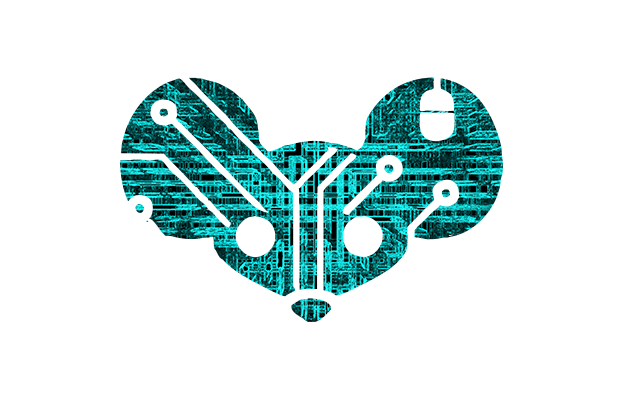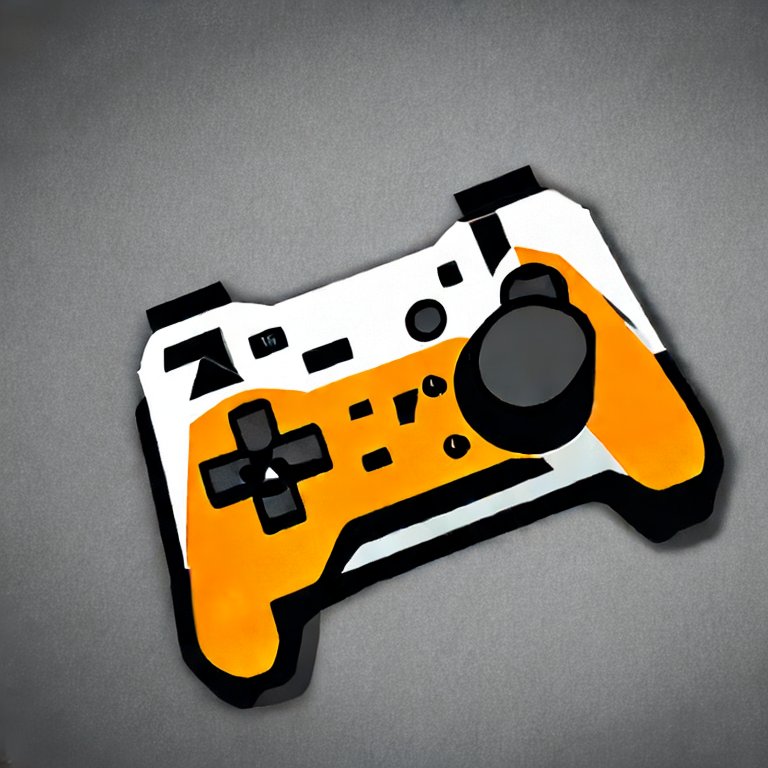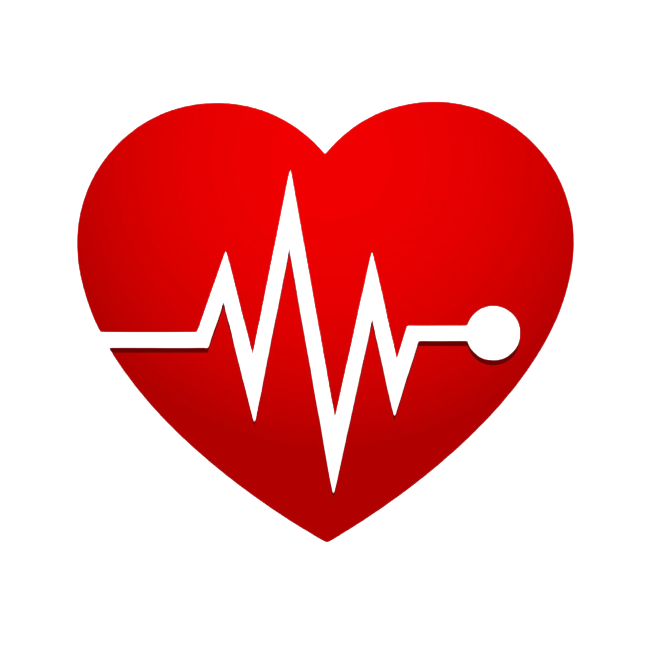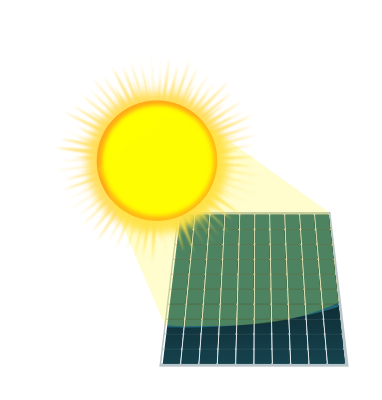

Just send the energy directly back to the power executives houses with a high power laser. They want the energy for free so badly to pad their profits and buy a 5th yacht, give it to them 😉


Just send the energy directly back to the power executives houses with a high power laser. They want the energy for free so badly to pad their profits and buy a 5th yacht, give it to them 😉


Only partially true. The solar panels almost all inject power back into the grid. Power companies started complaining about their profits when they had to actually pay the users for their power that they generated so now home power generating houses get paid pennies on the dollar for delivering power and reducing the power capacity needed by the power companies and of course the power companies didn’t lower prices at all, so they are just sucking up the difference in pure profit.


Depends on what your usecase is for what is “essential.”
I think keeping household documents, taxes, medical bills, etc… In a local only paperless-ngx instance is quite essential to the organization of a household where everything is searchable and able to be organized on multiple levels compared to a simple document folder on 1 computer.
Having a document or self-hosted wiki with an in - case - of - death document that gets backed up in an encrypted, but accessible by family place is probably the most “essential” thing.


Actually, the AI assistant fad isn’t all bad.
HomeAssistant has an open souce assistant pipeline that integrates into the most flexible smart home software around. It is completely local and doesn’t rely on the cloud at all. Essentially it could make Alexa’s and google homes (that literally spy on you and send key phrases back to your built data collection profile) obsolete. That is a way not to have to rely on corporate bullshit privacy invasion to have a good smart home.
Indeed transcribing and translating (and preserving dying languages and being able to re-teach them) are 2 of the best consumer uses for AI. Then there is accelerating disease and climate research.
If these were the use cases that were pushed instead of fucking conversational assistants, replacements for customer support that only direct to existing incomplete docs, taking away artists’ jobs, and creating 1984 “you can’t trust your own eyes and ears” in real time, then AI would actually be very worthwhile.


What?
He is saying that AI uses countries worth of energy by itself. Even a normal search query using AI uses orders of magnitude more energy than a traditional search query.
Literally tech companies have been buying or reserving entire power plants exclusively for training AI datasets. At least Microsoft reactivated an old nuclear plant instead of buying out coal plant energy shares.
And 90% of uses for AI are absolute dogshit corporate fluff or a shiny activity for 10 year olds to play with for 30 minutes.
There are legitimate uses like auto note taking, voice assistants, etc… But it is destroying the environment because corporations are shoving it into every possible thing they can, quadrupling the energy growth rate and straining our electrical grids and burning tons and tons more coal to do it.


Here in Belgium there used to be big government subsidies for solar panels 5-10 ago.
Now the same wattage battery + solar setup without any government subsidies is a good chunk cheaper than that time with the large subsidies.
Pretty cool and shows the power of government renewables subsidies. A huge percentage of houses in Belgium have solar panels now.(and electricity still costs 0.30€/kWh average because of fossil fuel energy lobbies)
Now that there is a local industry around it, most renovations and almost all new builds include them.


Steam is pretty much the only thing that stopped the Microsoft Store.
If that had happened, you probably couldn’t even run games anymore on windows unless they were installed through the Microsoft store. Mods would be dead, and we would be in the same, but worse situation.
Hell, maybe you couldn’t even buy games, but had to buy “game subscriptions” like game pass on xbox
won’t work, this is their own hosted gitlab instance lol


Still doesn’t seem to work.
Tribalism + fearmongering propaganda + times of financial hardships is more effective than education.
See: afd popularity in germany


That toxic flohride-free vaccines-cause-autism mindset has made it to Europe now. It is getting harder to find eco-friendly toothpaste that is better for your teeth than literally brushing without toothpaste.
Crazy that people don’t realize that you don’t swallow your toothpaste water. 😱😱😱


I wonder if it will be like the wind farm projects in the upper Midwest where projects are completely built and then red state politicians refuse to give the necessary permits for the transmission lines to connect them to the power grids.
Politicians who just happen to have a history in oil and gas and/or ust happen to get a ton of bribes lobbying donations from oil and gas companies.


This is a good way to do it.
I went one smaller with the Node 304 which only can do 4 HDDs with a GPU inserted. Going used for consumer desktop CPU is the most powerful play for the money I think.
This is a good path forward OP for a pretty powerful server
The problem is that the exceptions can actually be dangerous


All of their changes will be merged to freecad 1.0 apparently outside of a few UI changes that will be add-in options.


In the professional space:
Add Altium, KNX, pspice, LTSpice (luckily works in wine), and for us electronics/electric guys lol.
Linux is a 3rd class citizen in ANSYS simulation tools. Slow updates, old UI, etc… On Linux. Pretty much only used as a simulation node for kicking on sims from windows since Linux machines can be >1TB RAM + 144± core powerhouses where windows sucks on those type of machines.
Pretty much all architecture software
Many ERP systems desktop apps
Not to mention a lot of companies use active directory for access control + sharepoint
Web apps suck, but have been very helpful in Linux compatibility in the enterprise space since the devs only have to care about 1 set of production builds.
At my work, software guys and mechatronics PLC focused guys get away with Ubuntu (saleae is great), but for electronics and mechanicals it is not even worth it to dual boot.


Well being able to figure out 1 complex math solution per day vs 1 complex solution per 1.5 days for the person who just has to work on the problem for longer is balloons a lot over the long term.
Like how the average calorie burning difference between people is only 400 per day out of ~2000, but over a month that is like 1.5kg difference of mass burned which is 18kg per year.
But I don’t know if I am interpreting the result you said correctly.
I want a new, modern Battle for Middle Earth 2 with better balance, modern graphics, and maybe different modes like quick vs longer form games. Definitely some reform like making it more difficult to build walls, but the walls stand up better to infantry and you really need siege engines.
The game was not balanced competitively (men so OP) but holy damn the battles felt epic and building your own forts and castles to defend was amazing.


Also, I am confused at why nextcloud is at the intersection of networking, music, and multimedia.
Yes it technically has a video viewer and music player, but I would be very surprised if any person in the world right now is genuinely using it to post that content to the fediverse social-network style.
Well the gadgetbridge comment is not really true.
It can’t pull activities from Strava, runkeeper, or similar or push to them. Syncing across services via APIs or Heath Connect stops it from really being a proprietary watch software replacement or a google fit replacement as they all do that and it is a core function because people want to use the apps they want to use. For example, lifting tracking from Progression or similar which other apps like gadgetbridge or strava just aren’t made for. It doesn’t have the functionality built in to cover every activity set.
GPX is extremely limited and is only GPS data, not good for fitness trackers as they track all sorts of activities. TCX or FIT are better, but of course managed by Garmin. There isn’t really an open alternative standard. I guess the closest we come is the Health Connect API which is completely local interoperability.